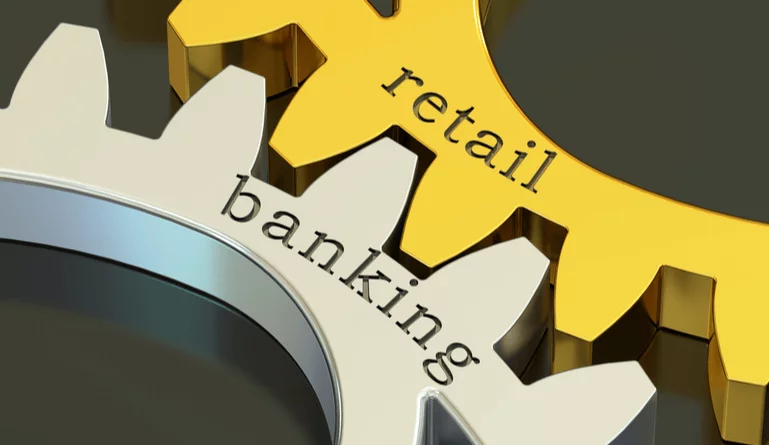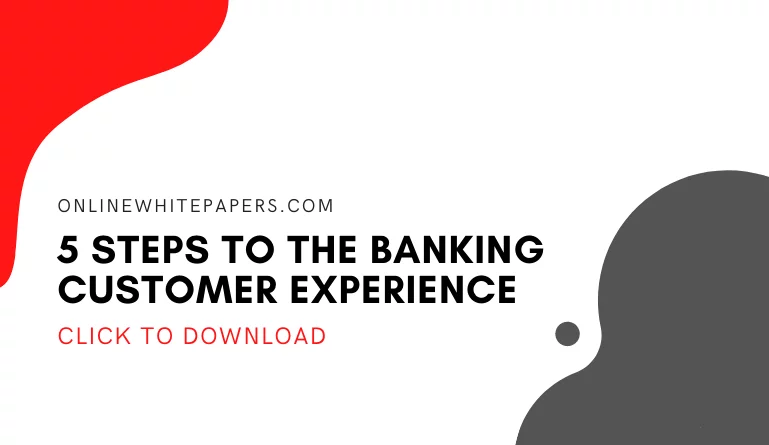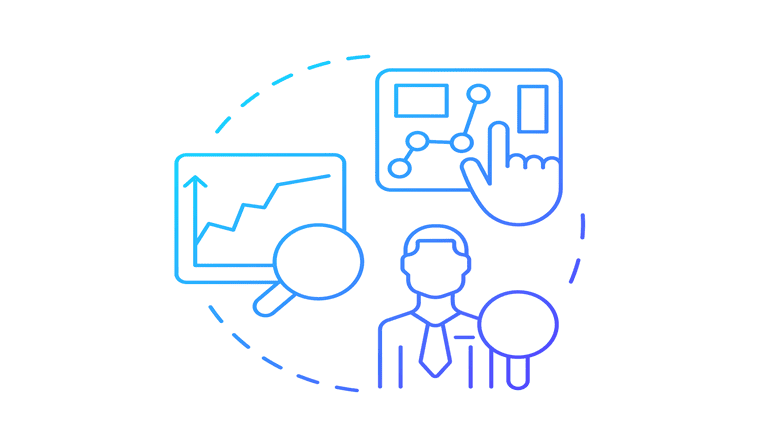Monetary deposits and withdrawals, having a checking and savings account, and taking out loans are some of the things that people associate with conducting business with a financial institution, such as a bank. However, it might not be well-known that there are different types of banking.
Investment, commercial, and private banking provide a variety of specialized services based upon the economic demographic that they are catering to. In this article, the focus will mainly be on another type of banking called retail and its role and function in the economy as a whole.
What is Retail Banking?
Retail financial institutions cater to the consumer class as a base. This type of banking offers monetary holding accounts for putting in, taking out money, and storing money. Retail banks can also allow consumers to borrow money that they can pay back at a later time for large purchases and investments like buying a house, buying a car, or starting a business. Plus, consumers can easily access their money or money from the bank remotely through plastic cards issued by the bank.
How Does Retail Banking Works
-
Funds
Consumers can make deposits and withdrawals of their funds by creating a checking account or only store money for a moderate period of time for later use through a savings account. Having an account through a retail financial institution establishes a person that has one (or two) as a member and customer of that bank.
-
Monetary retainer form
This is essentially a contract agreement between the consumer and the financial institution to store and hold onto funds for a period of up to 5 years. As time goes by, those funds grow by their interest rate depending on how long those funds are stored in the account. The catch is that the consumer cannot withdraw any money from the account until the time period that was originally agreed upon expires.
-
Bank-issued cards
Credit and debit cards allow consumers to have access to their money without having to carry physical cash in their wallets or pockets. With debit cards, consumers can only access the money that they actually put into their checking account. Anything over that amount and would be subject to overdraft fees. With credit cards, however, users can borrow money from the bank to purchase goods and services. Credit cards often have caps based upon a consumer’s credit score or their ability to quickly pay back what they have borrowed from the bank.
-
Monetary lock repository
Think of it as a mailbox for your money and other valuable possessions. Usually located at the back of a traditional brick and mortar bank within the inside of a vault, monetary lock repositories are used for storing everything from large amounts of cash, gold, certificates, travel papers, wills, private records, and even jewelry. Monetary lock repositories are utilized to prevent theft, misplacement, or damage.
-
Lending credit for housing
When purchasing a home, the prices can easily be between hundreds of thousands of dollars to a few million depending on the condition and the location of the house in which you desire to purchase. It is rare for a person to be able to buy a house out of pocket, so retail banks will offer funds to pay off the entire selling price. But the consumer must pay off what they have borrowed through a mortgage over a period of time with interest.
-
Lending credit for transportation
Similarly to purchasing a house, the price of buying a vehicle on the market can be expensive for the average consumer. Ranging up to tens of thousands of dollars, potential buyers will go to a to receive a loan to purchase their desired vehicle. Then that loan is paid back by the buyer over time with interest.
-
Unbarred individual private loans
Based upon how good the borrower’s credit is, individual private loans are given to users who need access to money immediately to pay off anything from tuition, credit card debt, starting up a business, or even just to splurge on luxury items. With this type of loan, borrowers do not have to give the banks something of value in case of a scenario where the person cannot pay the loan back. All the borrower has to have is a good credit score and the funds to pay back the loan.
Types of Retail Banks
There are three primary categories of banking operations that you should be aware of especially when determining how to manage your funds.
- Traditional, brick-and-mortar financial institutions (Bank of America, Chase, and Wells Fargo, for example)
- Credit Unions (local banks with a small perimeter of services, usually within a city or state)
- Digital Banks (Chime and Ally)
Other Types of Banking
-
Commercial financial institutions
Similar to retail banks, commercial banks offer opportunities to people at large so that they can gain credit and interest by borrowing from the banks to participate in large purchases, have a place to store and take out their money within the account, and banks can utilize those funds to gain capital to supply more loans. The only difference is that retail banks cater to consumers while commercial banks cater to everyone.
-
Private financial institutions
Catered to those with an impressive amount of funds and a high level of valuables and assets, private banks are operated by non-federal affiliates. Most people know about the traditional term “off-shore bank accounts”, which would fall into the category of a private financial institution. However, there are private banks on this side of the Atlantic. Private banks offer services for investments and securing and growing wealth.
-
Investment financial institutions
This type of financial institution also has predominately rich to wealthy clients, but the main function of investment banking is to buy shares on the stock market to sell back to their clientele. Investment banks also conduct monetary exchanges for, not only wealthy people but for large companies and federal institutions as well.
Functions of Retail Banks
- Gives a high amount of easily accessible cash-flow through affecting the monetary resources of a financial environment
- Lowering the possibility of a borrower not being able to pay back a loan by gathering collateral
- Reduce the price of loans by providing affordable interest fees
( Also Read: Retail Banking vs. Corporate Banking )
Advantages of Retail Banking
- Money that is being held within a retail bank fund the services of the institution
- Retail banks are not reliant upon interest rates and loans to operate
- They account for the low priced money for the financial institutions
- Positive oversight of consumer bonds with the base creates a satisfied base
- Utilizing retail financial institutions raises the quality of secondary operations within the bank
- Utilizing retail financial institutions provides a greater rate of return for an investment and enhanced operations within banks
- Retail division is advantageous for an increase of finance creations
- Money borrowed by customers are automatically assumed to be a lower liability to take on and are seen as non-performing assets (NPAs)
- Retail financial institutions helps national financial environments bounce back by raising the levels of using money
- Retail financial institutions betters the quality of life and satisfy the demand of their customers through having access to easy to buy credit
- State of the art commodity expansion credit
- Retail financial institutions calls for bare minimum marketing outreach in a demand dependent financial environment
Disadvantages of Retail Banking
- Creating outdated and innovative economic products is expensive and takes a lot of time
- Consumers are leaning toward utilizing more online financial institutions than traditional, brick and mortar financial institutions. Banks that have not pivoted to adapt to the increasingly digital environment of banking have had issues in keeping customers, especially those within younger demographics.
- Consumers enjoy using other financial commodities such as mutual assets etc.
- Although traditional financial institutions are adapting to online banking, they are not yet fully able to operate as an entirely online bank like Chime or Ally
- The number of resources needed to pay and operate entire departments to handle the number of customers that they service to
- Long-term borrowing contracts like mortgages, without frequent updates, can turn into non-performing assets
Final Thoughts
Further analysis and research into the way retail financial institutions operate and function can get the layman more insight into how banks conduct business behind the scenes. Even though this new information may be a lot to absorb, the breakdown and the simplified explanations of the different types of banks can make what was learning more easily digestible to the public at large. It can even inspire others to be more financially literate and know more about how their money runs the operations of a retail bank by just participating in the system.
Functions within the banking system like loans, interest, and the different ways of saving and storing money can empower customers to be confident and informed in how they bank. They could even be inspired to expand their economic portfolios by taking bigger risks and increasing their funds to upgrade their quality of life. Learn more about the other types of banking to find perks and benefits that might not be well-known that you can take advantage of in your financial journey.








